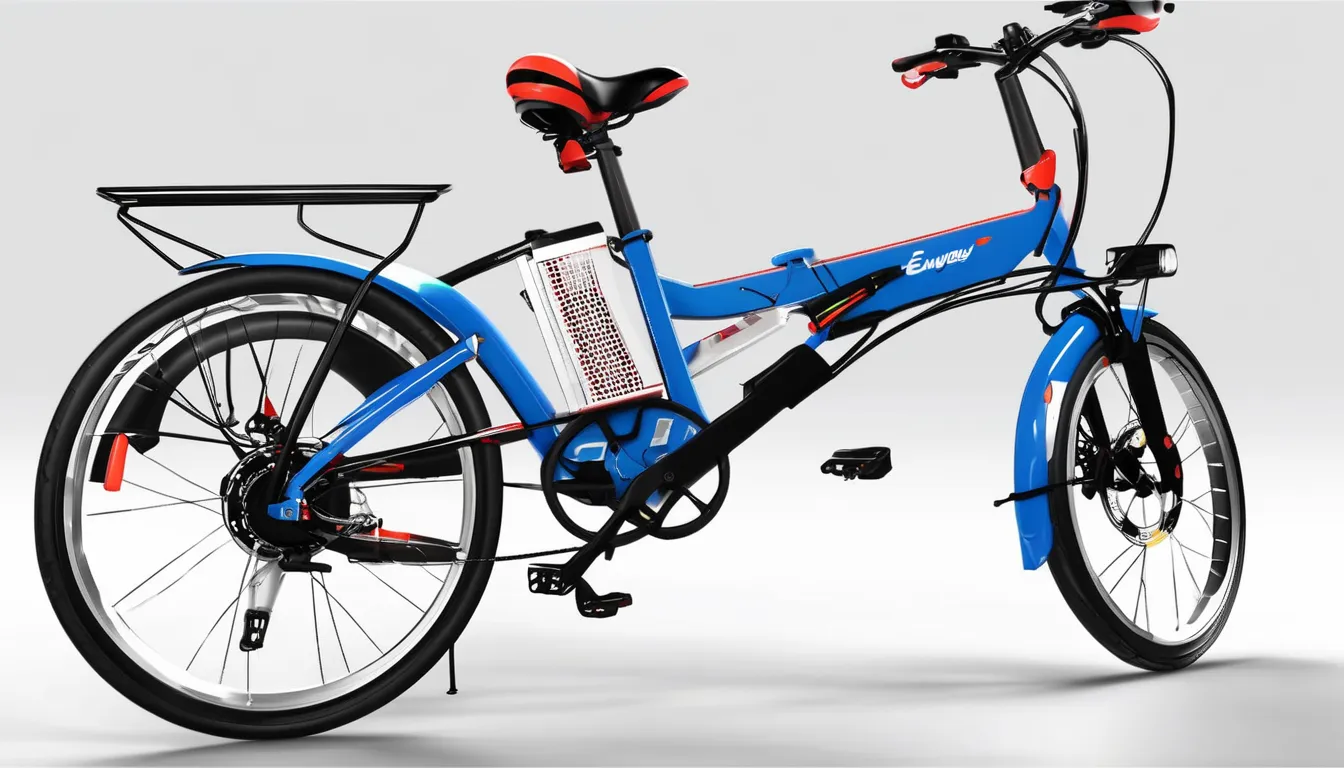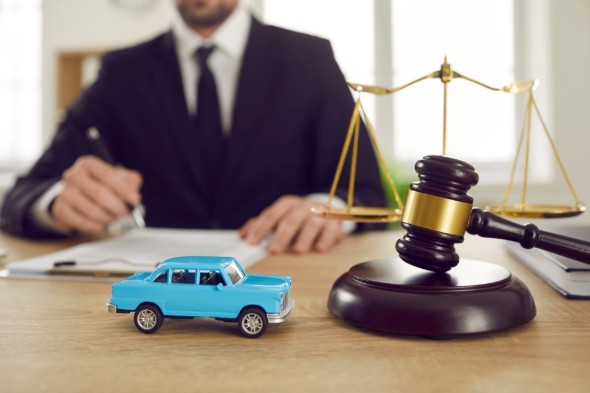When you think about electric assist bikes, it’s easy to focus on their convenience and ease of use. However, understanding the technology that powers them reveals a complex interplay of components like motors, batteries, and sensors. Each type of motor has its unique benefits, and the choice of battery can significantly impact your ride. Additionally, advanced sensor systems adjust assistance based on your input. But what does this mean for your cycling experience, and how can you choose the right setup for your needs? Let’s break it down further.
Types of Electric Motors
When it comes to electric assist bikes, understanding the different types of electric motors is crucial for choosing the right ride. Each motor type impacts your biking experience, so it’s essential to know what fits your needs best.
The most common types are hub motors and mid-drive motors. Hub motors are located in the wheel hub, offering simplicity and low maintenance. They provide a smooth ride and are perfect for commuting on flat terrain. However, they may struggle on steep inclines or rough trails.
On the other hand, mid-drive motors are positioned at the bike’s crank. They deliver better weight distribution and power efficiency, making them ideal for tackling hills and off-road adventures. They also allow you to use the bike’s gears, enhancing your overall performance.
You might also come across geared and gearless motors. Geared motors offer more torque, making them suitable for steep climbs, while gearless motors provide a quieter ride and less maintenance.
Battery Technologies and Capacity
Choosing the right electric assist bike involves not just understanding the motor types but also grasping the battery technologies that power them. The battery is crucial, as it determines how far and how efficiently you’ll ride.
When considering battery technologies, pay attention to these key factors:
- Lithium-ion Batteries: Commonly used, known for their high energy density and lightweight.
- Capacity: Measured in amp-hours (Ah) or watt-hours (Wh), higher numbers mean longer rides.
- Charging Time: Look for batteries that charge quickly, so you’re not waiting around.
- Lifespan: Most lithium-ion batteries last between 500 to 1,000 charge cycles; choose wisely to ensure longevity.
- Weight: Heavier batteries can affect your bike’s overall performance, so balance weight with capacity.
Understanding these aspects will help you select a battery that meets your riding needs.
Whether you’re commuting or enjoying a leisurely ride, the right battery technology enhances your overall experience.
Don’t overlook this essential component, as it can make all the difference in your electric assist bike journey.
Sensor Systems and Control
Understanding sensor systems and control is vital for optimizing your electric assist bike’s performance. These systems work together to ensure a smooth ride, adjusting power output based on your pedaling and the terrain.
The most common sensors include torque, cadence, and speed sensors.
Torque sensors measure how hard you’re pedaling, allowing the bike to provide just the right amount of assistance. Cadence sensors track your pedaling speed, ensuring that the motor responds appropriately for efficient energy use. Speed sensors can adjust the motor’s output based on your current speed, preventing excessive assistance when you’re cruising.
Control systems interpret the data from these sensors to deliver a seamless riding experience. They can adapt to different riding conditions, whether you’re climbing a hill or cruising on flat terrain.
Many modern electric assist xe dap tro luc dien also feature customizable settings, letting you choose how much assistance you want, enhancing your control over the ride.
Frame Design and Components
The design of your electric assist bike’s frame plays a significant role in its overall performance and comfort. When you’re choosing the right frame, consider how it impacts handling, stability, and ride quality. A well-thought-out design enhances your riding experience, whether you’re commuting or exploring trails.
Here are some key components to keep in mind:
- Material: Aluminum is lightweight and affordable, while carbon fiber offers durability and performance at a higher price.
- Geometry: The frame’s shape affects your riding posture. A relaxed geometry is great for comfort, while a more aggressive design is ideal for speed.
- Size: Ensure the frame size fits you well. An incorrect size can lead to discomfort and reduced control.
- Weight: Lighter frames make it easier to maneuver, especially when riding uphill or carrying your bike.
- Mounting points: Look for options to attach racks, fenders, or additional accessories, making your bike more versatile for different uses.
Maintenance and Care Tips
Proper maintenance is crucial for keeping your electric assist bike running smoothly and extending its lifespan.
Start by regularly checking the battery. Ensure it’s fully charged before rides and avoid letting it drain completely, as this can shorten its life. Clean the battery contacts and frame to remove dirt and grime that can cause wear over time.
Next, inspect your tires for proper inflation and tread wear. Keeping them at the recommended pressure not only enhances performance but also improves safety.
Regularly lubricate the chain to prevent rust and ensure smooth shifting.
Don’t forget to check the brakes. Inspect brake pads for wear and replace them if they’re getting thin. A well-functioning braking system is vital for your safety.
Lastly, schedule professional tune-ups at least once a year. A mechanic can identify potential issues before they become serious problems.
Conclusion
In conclusion, understanding the technology behind electric assist bikes can enhance your riding experience. By knowing the different types of motors, battery capacities, and sensor systems, you can choose the e-bike that best fits your needs. Don’t forget about the importance of frame design and regular maintenance to keep your bike in top shape. Embrace the benefits of this technology, and you’ll enjoy a smoother, more efficient ride on your journeys ahead!


